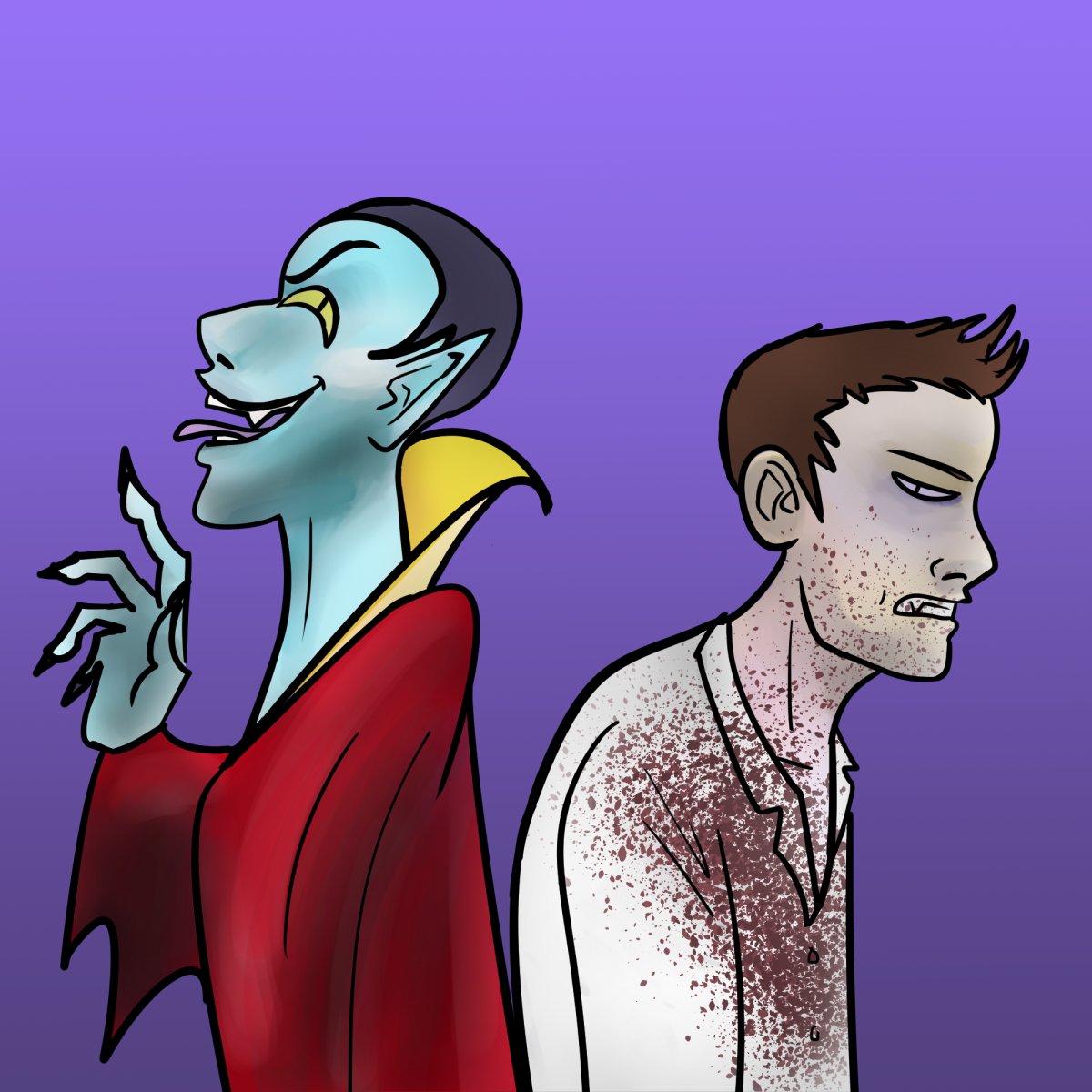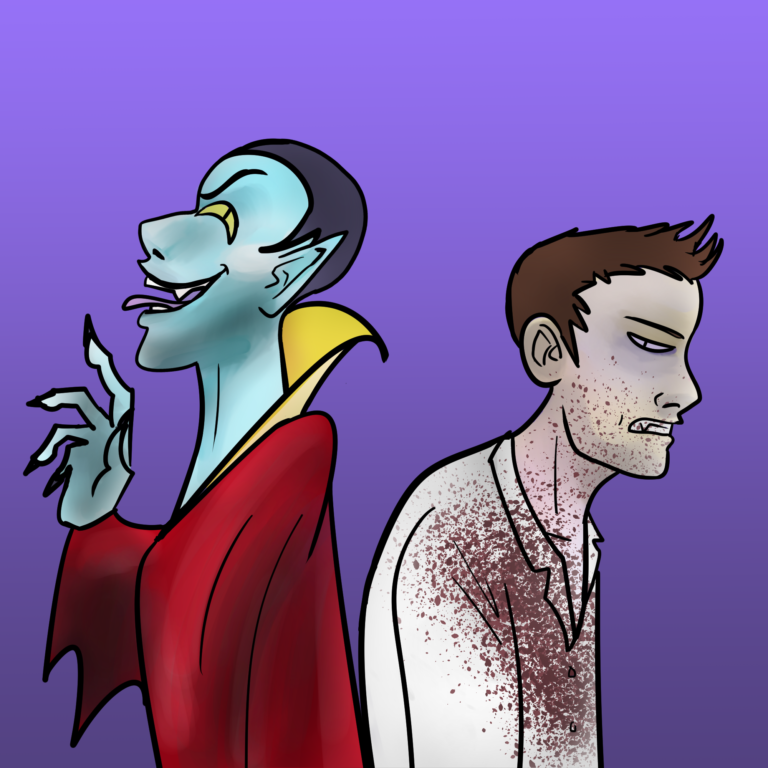
If you read my article in last year’s Halloween issue, know I’ll be dressing up this Halloween, or have even had a brief conversation with me, you’ll know that I’m not that overly dramatic. You know I love “Twilight” in all its spooky glory, but “Twilight” isn’t the only vampire media I love. Favorites include Netflix’s Castlevania series, movies and TV shows like What We Do in the Shadows, First Kill, and My Babysitter’s a Vampire. Something about vampires has always fascinated me and drawn me into all these shows and movies. They’re both scary and very interesting, which makes them stand out from other Halloween monster groups.
Vampire-related books, dramas, and movies are constantly being released, such as Interview with the Vampire, True Blood, The Vampire Diaries, and Buffy the Vampire Slayer. I can’t say that my affinity for is anything special. ”, needless to say, the adaptation of “Dracula” is phenomenal. Our culture has an undeniable fascination with vampires, and what makes vampires perhaps the most adapted of all Halloween monsters is that they allow us to enter into our wish-fulfillment fantasies, while at the same time Because it allows us to face our deep-seated fears.
Perhaps the main answer can be found by looking into “Why are vampires so popular?” It’s sex appeal and there’s no doubt that’s part of it. It has long been part of the vampire’s appeal, with writers portraying vampires as gentle, mysterious, and often beautiful, and bloodlust tends to be interpreted as quite similar to old-fashioned lust. Vamps of the Gothic era often seduced women as part of their evil deeds, but now vampires have a chance to be morally good, or at least morally gray, and have audiences rooting for them. I am now able to act as the love interest that I am supposed to be. The appeal angle has become even stronger. However, the appeal of vampires goes deeper than that.
Vampires, like other monsters, emerged as an expression of cultural fear and anxiety. Vampire myths date back centuries and are stories of blood-drinking undead found in the folklore of various cultures. These primitive vampires, of course, represented death, cannibalism, fear of the unknown, but also diseases that were not yet properly understood. As these creatures evolved further, vampires came to symbolize the fear of deviating from society sexually, culturally, and religiously.
The very fear that inspired the creation of the vampire as we know it today is what made it speak to the human spirit in a unique way. Vampires are shunned and relegated to the margins of society, and often have to hide their true nature in order to fit in. They must contend with the fact that the only way to survive is to feed on the lives of others. They pique our curiosity about the intrigues of death and immortality. Basically, they strike the perfect balance between charming and relatable tragedy and wish fulfillment.
The otherness of vampires has helped people who feel “othered” empathize with them and find humanity in the monster. Many members of the queer community, in particular, know what it feels like to be treated as a sexual deviant by society and feel some sort of connection to vampires. The “lesbian vampire” trope has existed in pop culture since 1871’s “Carmilla,” and was born out of a place of panic over the threat of female sexuality. On the one hand, presenting lesbianism as evil was certainly a bad thing, if not outright harmful representation, but lesbianism has been one of the few places of expression that exists in the world for some time. So it’s no wonder the queer community feels sympathy for vampires.
Today, we can somewhat proactively engage with the horror that vampires represent and use media about vampires to explore what has always been fascinating about these creatures. Not only can we answer questions about what happens after death and what immortality is like, but we can also see ourselves in their struggles within society. Vampires are still often tragic figures, but we now have the chance to see what a happy ending to a vampire story looks like and give the vampire in us all a little hope. I am.


